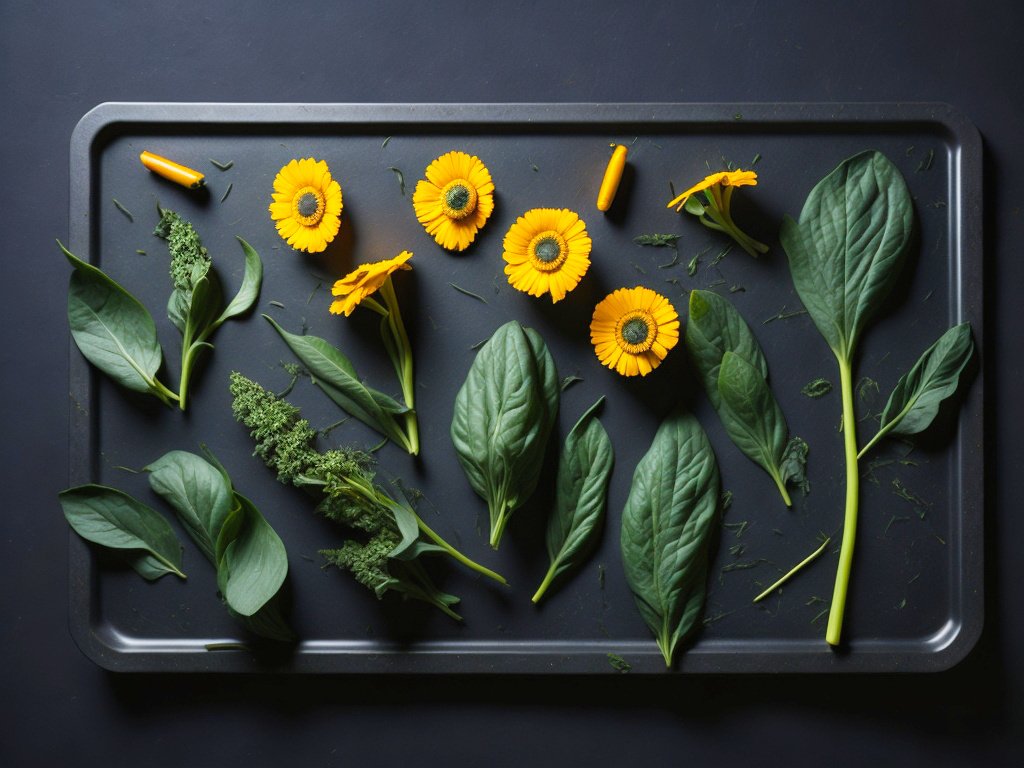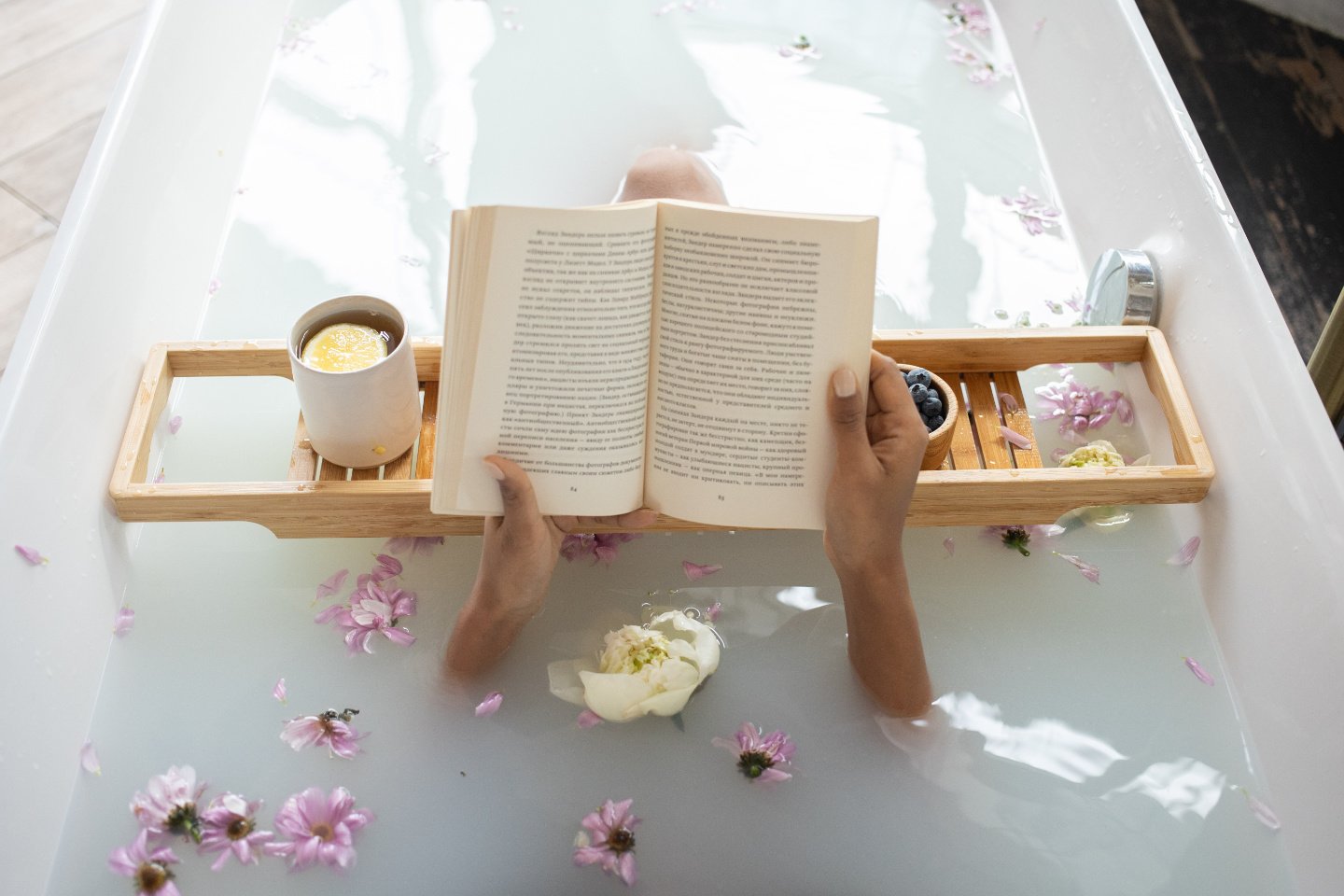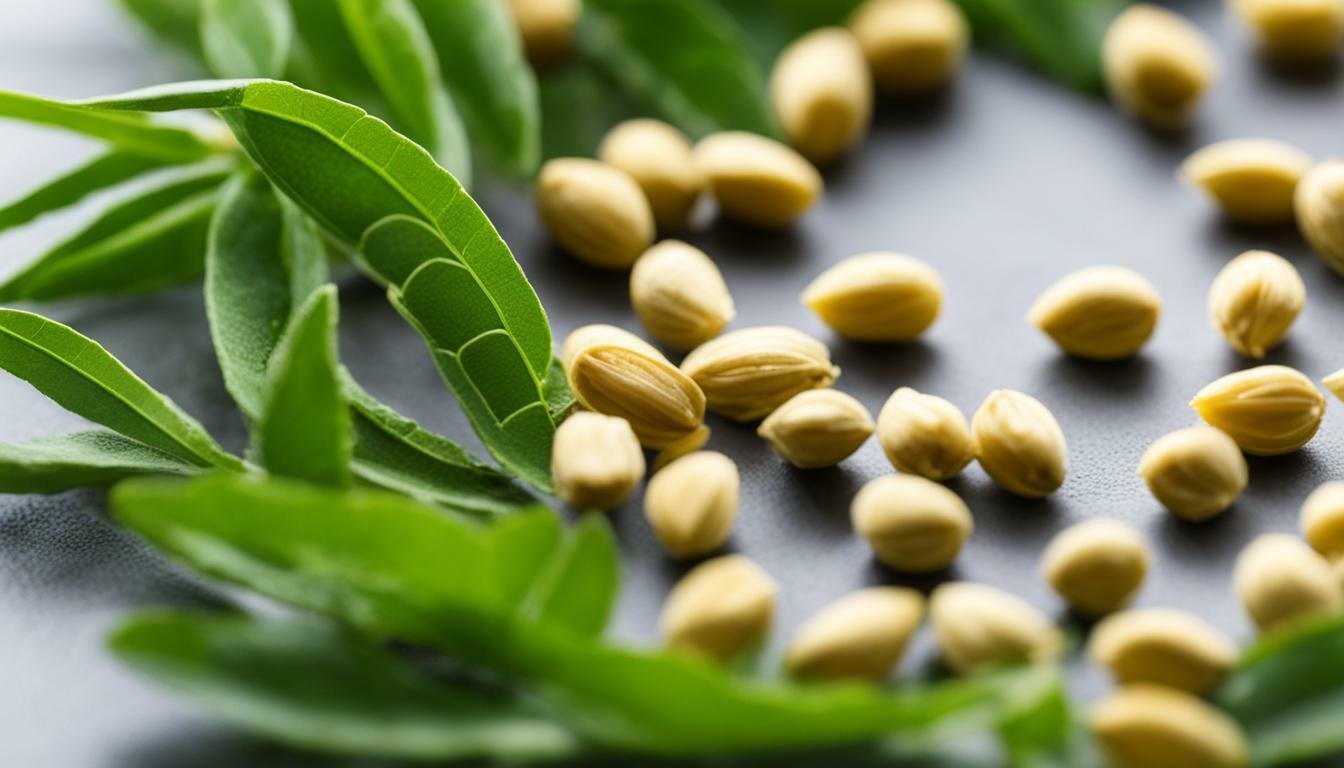How to Make Herbal Ointments for Medicinal Purposes
As someone who loves being out in nature, I’ve always been fascinated by the healing properties of plants. Over the years, I’ve enjoyed foraging for medicinal herbs and making my own natural remedies. Lately, I’ve gotten really into creating herbal ointments from these plants. I find it so fulfilling to harvest herbs like calendula and plantain, infuse them into skin-nourishing oils, and turn it into a salve that can help treat cuts, burns, rashes, and more! In this article, I’ll walk through everything I’ve learned about choosing the right herbs, preparing them properly, and following steps to make effective herbal ointments at home. Making your own healing ointments connects you more deeply to the plants and is a great way to take control over your health. So let’s dive in and explore how you can harness the power of herbs through these aromatic, medicinal preparations.
Key Points:
- Herbal ointments allow you to utilize the natural healing properties of plants without relying on chemicals. Making them yourself lets you control the quality and customize theingredients.
- Infusing the herbs in oil transfers their medicinal compounds so they can be readily absorbed through the skin when applied topically. The ointments provide localized relief.
- You can create customized herbal ointment recipes that target your specific health needs, whether skin irritations, muscle pain, nerve damage, sleep issues, or more.
- High quality, vibrant ingredients along with proper preparation methods are crucial to extract the maximum medicinal constituents from the herbs. Don’t skimp on the herbs or process.
- Making ointments at home is cost effective. You likely already have the basic supplies. Growing some herbs yourself saves even more. The finished ointments also make thoughtful homemade gifts.
What are herbal ointments?
Herbal ointments are preparations made from infusing medicinal herbs into oils and beeswax. They have a thick, salve-like texture perfect for applying to the skin. The oils extract the healing compounds from the herbs, while the beeswax gives the ointment a solid consistency so it can be easily applied topically. Unlike creams and lotions, ointments contain little to no water. The oil and wax base allows the medicinal properties to be readily absorbed through the skin.
Benefits of using herbal ointments for medicinal purposes
There are many advantages to using herbal ointments medicinally:
- Provide natural relief without chemicals found in commercial products
- Customizable to address specific health concerns
- Total body absorption of potent herbal compounds
- Avoid degradation in the digestive system
- Suitable for minor wounds, burns, irritations not requiring oral dosing
- Gentle and non-irritating to skin and mucous membranes
- Economical and easy to make at home
Herbal ointments are a safe, effective way to utilize the medicinal compounds of plants without needing to ingest them internally.
How to choose the right herbs for herbal ointments
Selecting appropriate herbs is key when formulating an herbal ointment. Consider herbs known for:
- Healing skin irritations and wounds
- Containing antimicrobial properties
- Reducing pain and inflammation
- Promoting relaxation and sleep
- Alleviating muscle/joint discomfort
- Supporting nerve health and damage
- Boosting skin cell regeneration
Examples include calendula, comfrey, thyme, oregano, chamomile, peppermint, lavender, aloe vera, and St. John’s wort. Research herbs applicable to your health needs.
How to prepare the herbs for making ointments
Herbs can be used either fresh or dried. Harvest fresh herbs at their peak and use immediately. To dry, hang bundled herbs to retain volatile oils. Crumble dried herbs to expose more surface area. Always inspect dried herbs for mold, discoloration, or other signs of poor quality. Proper preparation is key to extracting the maximum medicinal compounds.
Basic Steps for Making Herbal Ointments
Making an herbal ointment is a simple process that involves infusing herbs into oil and then adding beeswax to thicken it into an ointment consistency. Here are the basic steps:
- Gather your ingredients – You will need herbs (dried or fresh), carrier oils like olive oil or coconut oil, and beeswax. Make sure any dried herbs you use are of high quality.
- Combine the herbs and oil – Place the herbs in a glass jar or saucepan and cover with oil. Use approximately 1 ounce of herbs for every 8 ounces of oil.
- Heat the infusion – Place the jar or saucepan over low heat on the stove or in a double boiler. Heat for 30-60 minutes to extract the medicinal compounds from the herbs.
- Strain the oil – Pour the infused oil through a cheesecloth or fine mesh strainer into a glass bowl or jar. Squeeze the herbs to get all of the oil out.
- Add beeswax – Add approximately 1 tablespoon beeswax per 8 ounces of infused oil. Melt over low heat while stirring continuously.
- Pour into containers – Once the ointment has reached a uniform consistency, pour it into glass jars or tins. Leave a little headspace at the top.
- Seal tightly – Allow the ointment to cool fully before placing the lids on the jars. Store in a cool, dark place.
Follow sanitary practices when making herbal ointments. Make sure all equipment is sterilized first. Don’t use ingredients past their expiration dates. Herbal ointments can keep for up to a year if stored properly.
Recipes for Herbal Ointments for Medicinal Purposes
Herbal ointments can be customized to address many health concerns. Here are some detailed recipes:
Calendula Ointment for Skin Conditions
Calendula ointment helps treat minor cuts, burns, scrapes, rashes, dermatitis, eczema, and inflamed skin. It has antimicrobial and anti-inflammatory properties.
| Ingredients | Amount |
|---|---|
| Dried calendula flowers | 1 cup |
| Olive oil | 1 cup |
| Beeswax | 1 oz |
- Infuse the calendula flowers in olive oil over low heat for 45 minutes to extract the medicinal compounds.
- Strain out the flowers through a cheesecloth.
- Add beeswax to the infused oil and melt over low heat until combined.
- Pour into a glass jar and allow to cool completely before sealing.
- Apply a thin layer to affected skin areas 1-2 times per day.
Chamomile Ointment for Pain and Inflammation
This ointment eases muscle aches, joint pain, sprains, headaches, and any inflammation in the body. Chamomile and lavender have soothing analgesic and anti-inflammatory effects.
| Ingredients | Amount |
|---|---|
| Dried chamomile flowers | 1/2 cup |
| Dried lavender buds | 1/2 cup |
| Coconut oil | 1 cup |
| Beeswax | 1 oz |
- Infuse the herbs in coconut oil over very low heat for 1 hour.
- Strain through a cheesecloth and squeeze well to remove all herbs.
- Add beeswax to the infused oil and stir constantly over low heat until melted.
- Pour into jars or tins and allow to fully solidify before sealing lids.
- Gently massage into affected areas as needed for relief.
Comfrey Ointment for Wound Healing
Comfrey speeds up healing of wounds, burns, bruises, sprains, fractures, and any damage to skin tissues. Use this ointment sparingly and only on unbroken skin.
| Ingredients | Amount |
|---|---|
| Dried comfrey leaves | 1 cup |
| Dried calendula flowers | 1 tbsp |
| Olive oil | 1 cup |
| Beeswax | 1 oz |
- Infuse the comfrey and calendula in olive oil for 30-60 minutes over very low heat.
- Strain and press to remove all herbs.
- Add beeswax to the strained oil and melt together while stirring.
- Pour into a salve tin or jar and allow to fully harden.
- Apply a small amount to skin injuries 1-2 times daily to support healing.
The recipes can be adjusted and customized to suit your specific health needs! Follow proper safety precautions with each herb.
Tips for Making and Using Herbal Ointments for Medicinal Purposes
When creating your own herbal ointments, follow these guidelines to get the best results:
- Use fresh or carefully dried herbs. Dried herbs should be vibrant in color. Discard any that are dull or brown.
- Use the correct ratios of herbs to oil. Too little herb won’t impart enough medicine. Too much can make the ointment irritating.
- Infuse the herbs for the recommended duration. 30-60 minutes extracts most of the key compounds. Much longer can degrade the medicinal constituents.
- Don’t overheat the oils. High temperatures destroy beneficial phytochemicals. Warm the oil on low setting or use a double boiler.
- Strain out all herb particles by squeezing the cheesecloth. They can cause contamination once the ointment is made.
- Store in a cool, dark place in a jar with a tight lid. Light and heat degrade herbal oils and ointments over time.
When using herbal ointments medicinally:
- Perform a skin patch test before wide application to check for allergic reactions.
- Read the list of ingredients carefully and avoid known allergens.
- Apply a thin layer of ointment to affected areas 1-3 times per day as needed.
- Monitor for any irritation or negative reactions and discontinue use if any occur.
- Keep ointments out of eyes, nostrils, and open wounds.
- Store out of reach of children to prevent accidental ingestion.
- Check with your doctor before using if pregnant, nursing, or on certain medications.
With proper care and precautions, herbal ointments can be a safe, effective, all-natural way to benefit your health!
Conclusion
Creating your own herbal ointments at home allows you to harness the healing power of medicinal plants in a safe, natural topical preparation. When chosen and prepared properly, herbs like calendula, chamomile, comfrey, lavender, and St. John’s wort can be used to address various health concerns.
Follow basic steps to infuse your herbs into quality carrier oils and beeswax to make a beneficial salve. Tailor your own recipes to create herbal ointments that meet your particular needs. Use chickweed and plantain for skin irritations, valerian and hops for sleep promotion, garlic and oregano for antimicrobial action, and more.
Remember to use the proper herb-to-oil ratios and heating times to extract optimal medicinal constituents. Store your ointments in a cool, dark place in tightly sealed jars. Follow all safety precautions and perform a skin patch test before wider application.
With some knowledge of beneficial plants, a few simple ingredients, and a commitment to quality, you can feel confident creating safe, natural, and effective herbal ointments for minor health issues and wellness support. Consult trusted resources for further information on the safe use and dosage of medicinal herbs.
FAQ
What are the best herbs for making herbal ointments for medicinal purposes?
Some of the top herbs to use are calendula, chamomile, comfrey, lavender, St. John’s wort, plantain, thyme, oregano, aloe vera, peppermint, and rosemary. Choose herbs known for skin-healing, pain relief, wound care, and other medicinal properties.
How much should I use of each herb?
A good rule of thumb is 1 ounce of dried herbs (or 2 ounces fresh) per 8 ounces of oil. Adjust amounts based on the potency of each herb. Use less for very strong herbs like cayenne.
How long should I infuse the herbs for?
Most herbs can be effectively infused within 30-60 minutes. Hard roots like echinacea may take up to 4 hours. Monitor the color and keep heating until the oil is darkened to extract all medicinal compounds.
Are there any side effects to using herbal ointments?
When used topically at recommended doses, most herbal ointments are very safe. Allergic reactions or skin irritation are possible though. Discontinue use if any negative effects occur.
Can I use herbal ointments if I am pregnant or breastfeeding?
Check with your doctor first. Some herbs like comfrey should be avoided. Others like lavender are likely safe. Exercise caution and use smaller amounts of gentle herbs.
Can I use herbal ointments if I am taking any other medications?
Some herb/drug interactions are possible. Let your doctor know any herbs you use topically as well as internally. Perform a skin patch test before wide application.





